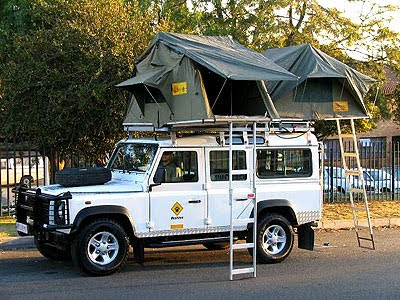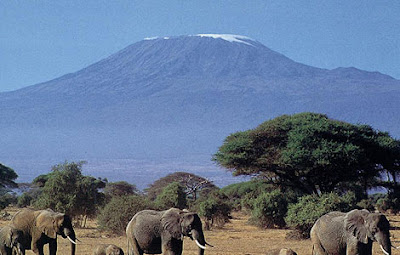
The most important piece of equipment that you can bring with you on safari is not your camera, but a good pair of binoculars. Remember you are not visiting a zoo and much of what you may be looking at will not be sitting right next to you and so to get the most out of your visit and to get closer to all the action you will need binoculars.
Lets take a look at the popular
Nikon Monarch ATB 8x42 waterproof binocular as I recently noticed that they have been offered on discount from many binocular retailers and see if it has what it takes.
Full Review of the
Nikon Monarch ATB 8x42 Waterproof BinocularBest Binoculars for SafarisWith so many choices and different types of optics, it can seem a little daunting when deciding which are the best binoculars for you, your personal needs and for your safari holiday.
Ideally we are looking for a great nature viewing binocular (this includes birdwatching) that must also be tough and small enough to easily pack away and carry with the rest of your luggage.
Bigger is not always betterThis includes the magnification, these Nikon binoculars have a magnification of 8x and that happens to also be the most popular magnification for birdwatching binoculars. This is because the larger the magnification the less stable the image is that you will be looking at through them is and generally the field of view is smaller the larger your magnification. An important factor when trying to quickly locate fast moving erratic objects (like birds) through your optics.
Whilst birding will be a part of what you will be doing on safari, you are mainly on the look out for the bigger, slower moving stuff, and so personally I do prefer a slightly stronger magnification, but definitely no more than 10x
Size of BinocularsThese Nikon Monarch Binoculars have and objective lens diameter of 42mm (8x42), again this is the most popular size for birding binoculars, larger objective lenses mean as a general rule, the binoculars take in more light, giving you a bright image. Unfortunately larger objective lenses mean larger binoculars which can be more difficult to carry with you, especially on holiday and that is why I tend, for safaris to choose a more compact design with good quality optics that have a high light transfer rate, that are simpler to fit in with the rest of my luggage.
Conclusion - Great Birdwatching Binoculars
So whilst these are excellent binoculars overall and make ideal birding binoculars, for safaris, I would only give them a score of around 7/10 - good but not the best.
More information:



 The most important piece of equipment that you can bring with you on safari is not your camera, but a good pair of binoculars. Remember you are not visiting a zoo and much of what you may be looking at will not be sitting right next to you and so to get the most out of your visit and to get closer to all the action you will need binoculars.
The most important piece of equipment that you can bring with you on safari is not your camera, but a good pair of binoculars. Remember you are not visiting a zoo and much of what you may be looking at will not be sitting right next to you and so to get the most out of your visit and to get closer to all the action you will need binoculars.